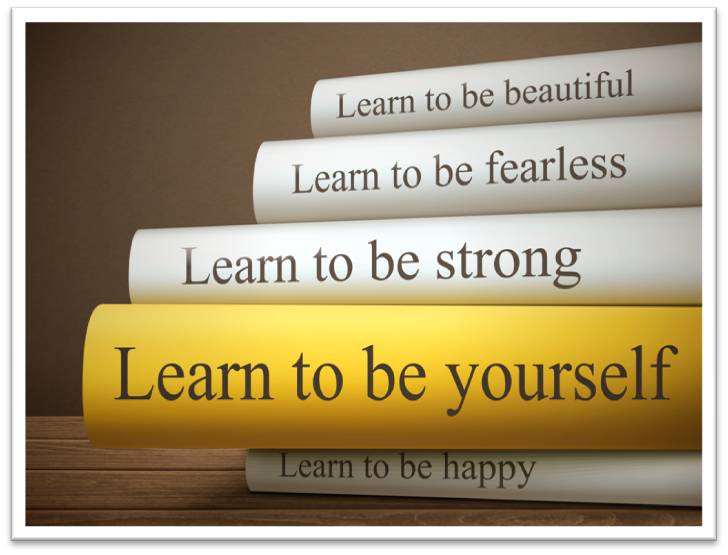Publishing a handful of non-fiction titles can be an impressive feat, but if you're writing books in hopes of supporting yourself, those thick volumes are costing you money. What if there was a way to entice readers to pay two or three times the amount of money for the same amount of information? You can do just that if you divide your next book into a series of shorter booklets. Creating a catalog of short non-fiction works has multiple benefits, of which the bottom line is only one. 
The In-Depth Details
If you break your gardening book, for instance, into a series of a dozen books based on plants, you can go into much more detail than if you put everything into one volume. One book on growing specialty tomatoes followed by another on strawberry growing methods allow you to cover more growing methods and insider tips than you could ever fit into a general volume. Plus, those readers who would never pick up a general gardening book may be tempted to buy one of your booklets when they're having problems with their cucumber plants.
More Titles = More Authority
The name of the game in non-fiction is turning yourself into the go-to authority in your subject matter. Someone with 12 or 15 volumes in their catalog, even shorter works, looks much more knowledgeable than one with only one or two books to his name. Readers respect someone who can write on many aspects of the same topic. You'll look well-versed in your niche, like someone who knows exactly what they're talking about.
Reach a Larger Audience
That reader who never buys a large gardening tome can be your greatest asset. Once she buys your cucumber book, she'll refer to it over and over again. When she finally gets interested in growing tomatoes (as all gardeners eventually do), you'll be the first author she checks for a book on how to grow them. You've got a fan for life, plus you've got a marketing source who will recommend your books to her gardening friends and family.
That Bottom Line
Booklets sell for a fraction of the cost of larger volumes, but when you add the price of all those shorter books together, they more than make up for it. You'll also get extra income from new readers who wouldn't otherwise have bought your non-fiction books. Plus, a few months after you publish the last booklet, you can put out a complete box set, enticing the completists and those who want to give nice gifts to other hobbyists.
Keep the Faith and May the Force be with You!




